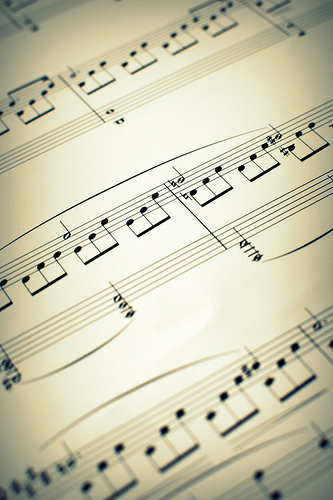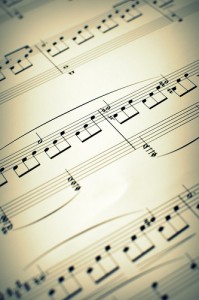 Today marks the two-year anniversary of Color In My Piano! Thanks to you all for your support and for making this blog a place to share resources and ideas with each other. What a wonderful online community we have!
Today marks the two-year anniversary of Color In My Piano! Thanks to you all for your support and for making this blog a place to share resources and ideas with each other. What a wonderful online community we have!
Here’s a run-down of the history of the Color In My Piano blog:
The First Year:
- It was on February 28, 2009 that I first conceived of this blog and wrote my first post: a welcome and brief statement of purpose. I found my inspiration largely from Natalie Wickham’s Music Matters Blog and Susan Paradis’ Piano Teacher Resources. My blog was initially a free wordpress blog, titled “Piano Teaching Blog” (or something similar). At this point, I was running a successful piano studio of about 20 students out of my parent’s home, and finishing up my Bachelor’s degree in piano performance.
- In May of 2009, I graduated with my Bachelor’s degree. Over the summer, my husband and I moved so we could attend graduate school the next year. Unfortunately, this meant I had to “give away” all my piano students and find new ones.
- On July 9, 2009, I decided that I was enjoying blogging enough to go full swing: I came up with the title “Color In My Piano,” bought my own domain name and a year’s worth of web hosting, and gave the site a whole new look.
- In August of 2010, I started my Master’s degree in Piano Pedagogy at Central Michigan University.
- Color In My Piano continued to grow and change. A new Printables page allowed for easier navigation through free resources, and new Facebook integration gave readers a new way to stay updated.
- As of February 28, 2010 (the 1 year anniversary), Color In My Piano has had 18,371 visiters and has about 50 subscribers. The record number of page views in one day is 425 on February 11, 2010!
- I continued to work on my Master’s degree and teach between 5-10 students each week. My GA (Graduate Assistant) responsibilities kept me busy teaching college level Class Piano courses to music majors and collaborating with other vocalists and instrumentalists.
- Color In My Piano gained a Reading List page and a Highlights page, and begun asking monthly forum questions which quickly turned into weekly Forum Q&A’s. The screenshot at right shows what we look like today.
- As of February 28, 2011 (the 2 year anniversary), Color In My Piano has had 169,274 visitors, 177 email subscribers, and 172 readers who “like” us on Facebook. The record number of page views in one day is 1,192 on January 11, 2011! THANK YOU!
In honor of this celebration, I’d like to open up the floor and allow you to ask me questions about myself. What do you want to know about me? Leave a comment or send me an email (admin[at]colorinmypiano.com)! I’d love to share — if I get enough questions, I’ll answer them all in a post later this week.
Also – a brand new printable is also being posted today: Rhythm Values Posters. Just because it’s our 2 year anniversary doesn’t mean you won’t get a new printable this week! =) The post describes a fun game you can play with your students using the new printable.
Can you believe it — two years already?! All I can say is, once again, THANK YOU! =D
Photo Credit: D Sharon Pruitt | CC 2.0








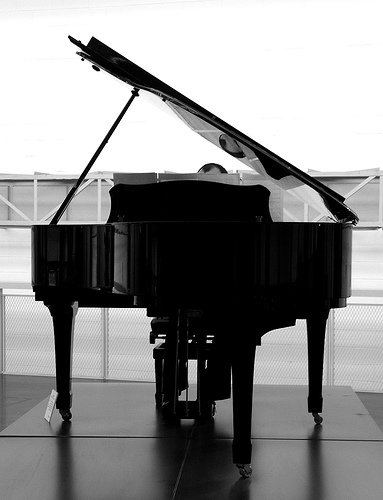

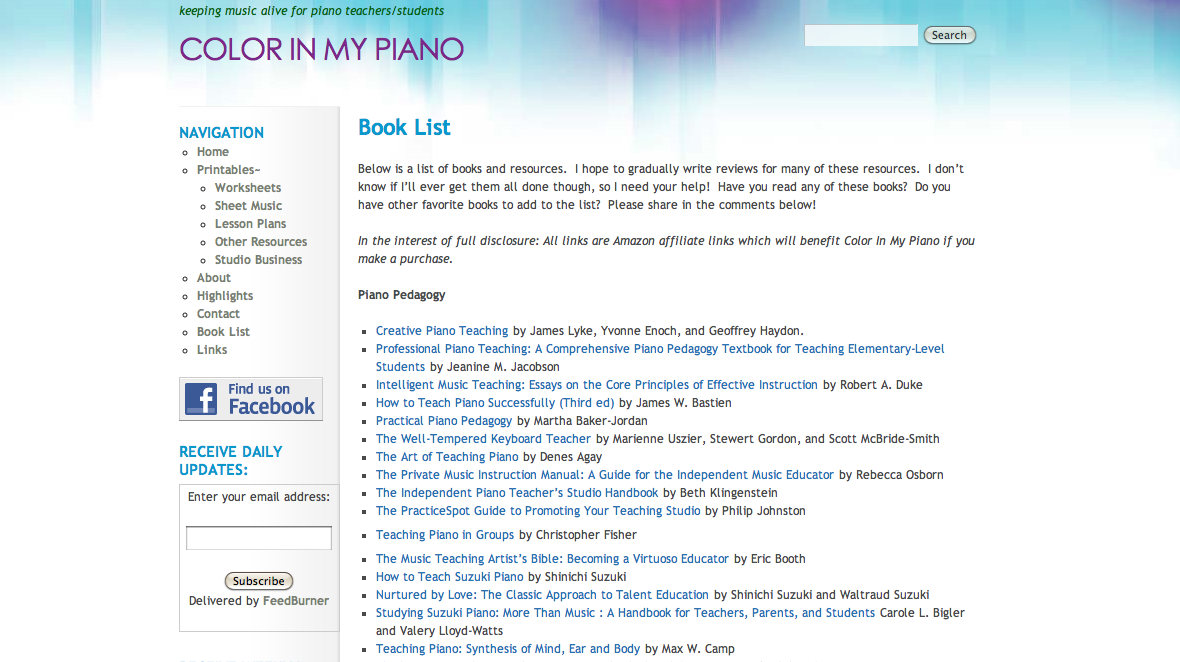
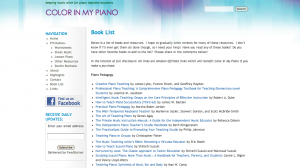 Piano Pedagogy
Piano Pedagogy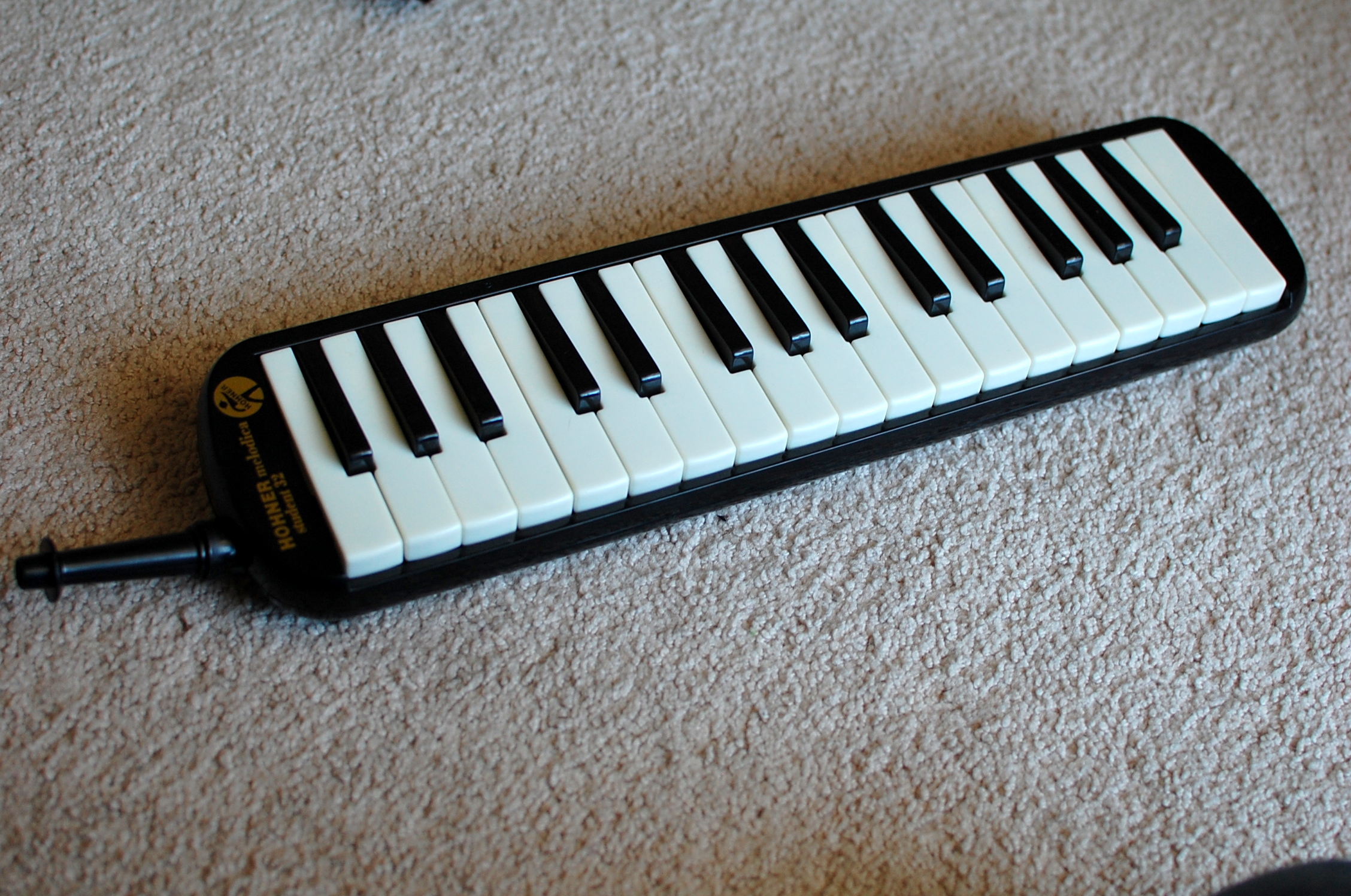
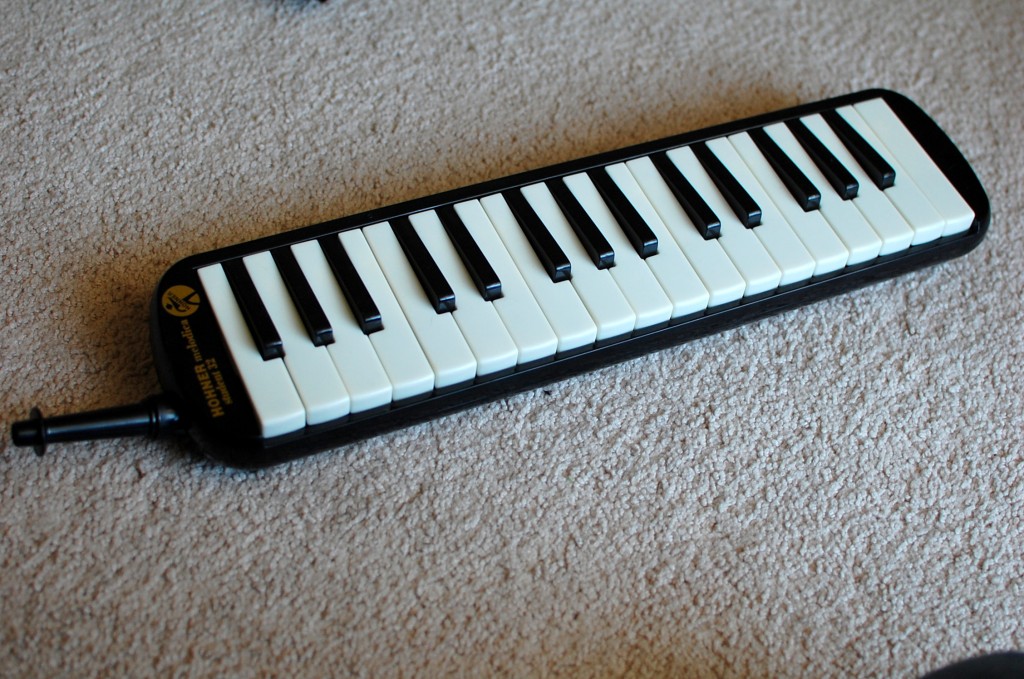
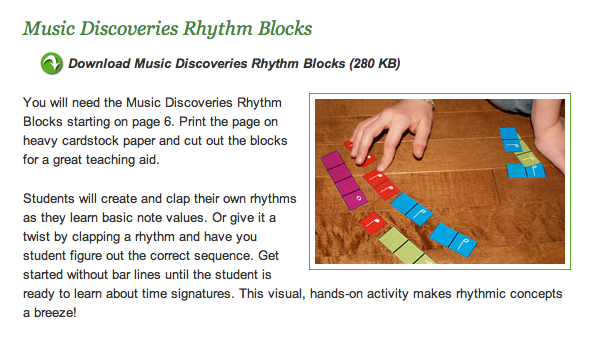
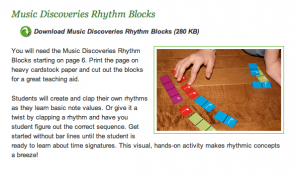 My colleague Loretta and I have been teaching a pair of beginner students in a group setting each week. Last week, we were learning about 3/4 and 4/4 time, and quarter notes and half notes. Loretta and I wrote rhythms on the whiteboard, asked the students to help us write in bar lines, and then clapped and counted the rhythms together. While this activity worked and was beneficial, what we did this week was much more successful.
My colleague Loretta and I have been teaching a pair of beginner students in a group setting each week. Last week, we were learning about 3/4 and 4/4 time, and quarter notes and half notes. Loretta and I wrote rhythms on the whiteboard, asked the students to help us write in bar lines, and then clapped and counted the rhythms together. While this activity worked and was beneficial, what we did this week was much more successful.